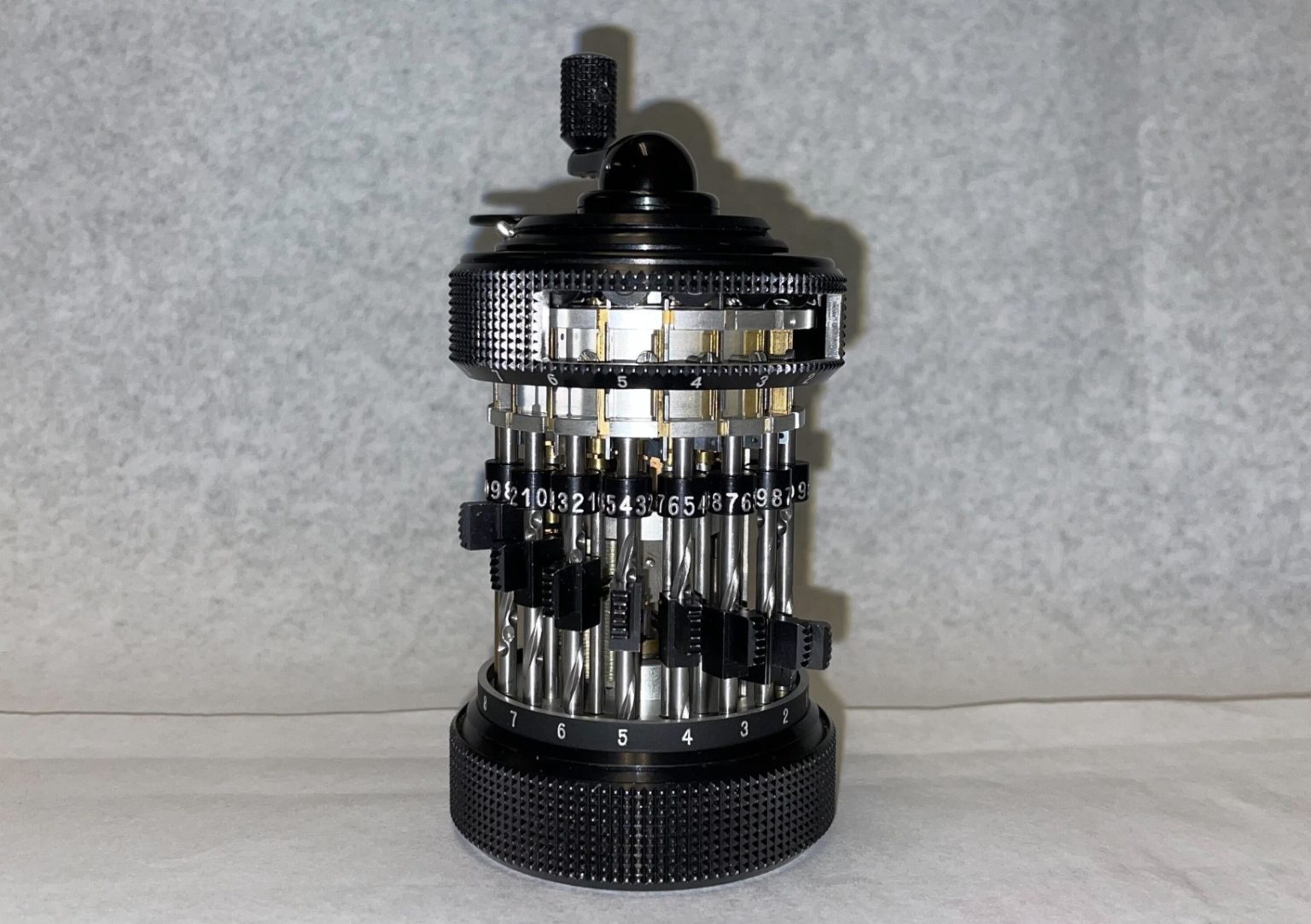Curt Herzstark, inventor of the Curta calculator, created the device while a prisoner in a German Nazi concentration camp during World War II. Herzstark started developing the Curta in Austria in the 1930s but was forced to stop when the Nazis ordered his company to help manufacture equipment for the German army in 1938. Despite being imprisoned at Buchenwald concentration camp in 1943, Herzstark was allowed to resume work on the Curta with the promise that it could earn him his freedom after the war. The camp was liberated by U.S. forces in 1945, and Herzstark went on to manufacture the world’s leading portable calculator until the 1970s when electronic calculators became more prevalent.
Don Rosen, a mechanical engineer and collector of Curta calculators, will be speaking about the devices at the Holocaust Center for Humanity in Seattle. Rosen, whose grandfather started Alaskan Copper Works, has a personal connection to Herzstark due to their similar backgrounds in mechanical engineering and family businesses. Rosen has around 71 Curta calculators in his collection, ranging from some of the oldest known to exist to the very last ones made. He notes that the devices were meticulously designed by Herzstark, who had to figure out how to miniaturize them from the large, heavy desktop-style calculators of the time. The Curta calculators are now highly sought after by collectors and can fetch high prices on resale sites like eBay.
Interest in Curta calculators grew after a 2004 article in Scientific American titled “The Curious History of the First Pocket Calculator.” With the rise of platforms like eBay, people were able to start buying and selling the devices, which led to an increase in their popularity. Rosen estimates that there are only around 3,000 Curta calculators left out of the 140,000 that were manufactured between 1948 and 1972. The devices are known for their intricate design, which is comparable to that of a watch, and their durability. Herzstark’s ability to design and manufacture the Curta in challenging conditions such as a concentration camp is a testament to his incredible memory and engineering skills.
The Curta calculators showcase Herzstark’s ingenuity and resourcefulness in the face of adversity, as he designed the devices from memory while imprisoned at Buchenwald. The precision and complexity of the calculators have made them a favorite among collectors like Rosen, who appreciates their historical significance and craftsmanship. The upcoming exhibit at the Holocaust Center for Humanity in Seattle will feature a selection of Curta calculators, giving visitors the opportunity to learn more about Herzstark’s incredible story and the impact of his invention. Don Rosen’s talk will provide further insight into the significance of the Curta calculators and why they continue to garner interest decades after their production ceased.
The Curta calculator represents a unique piece of history, with its origins intertwined with the hardships of World War II and the resilience of its creator, Curt Herzstark. Despite the challenges he faced, Herzstark was able to design and manufacture a groundbreaking device that revolutionized the field of portable calculators. The upcoming exhibit at the Holocaust Center for Humanity will provide a glimpse into Herzstark’s story and the impact of his invention, allowing visitors to appreciate the significance of the Curta calculators and the remarkable legacy of their creator. Don Rosen’s wealth of knowledge and experience in collecting and restoring Curta calculators will offer attendees valuable insights into the importance of preserving and celebrating these remarkable devices.


